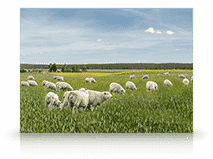The British Shorthair Cat is believed to be one of Britain’s oldest domestic shorthair cat breeds, refined over time. It’s also one of the most easygoing, child-friendly pets around in a mild manner, making it a great companion. While not as big as a Maine Coon, these cats are big enough if you want a large feline companion. Here are a few things to know if you plan to get one of these cats for yourself.
Breed history
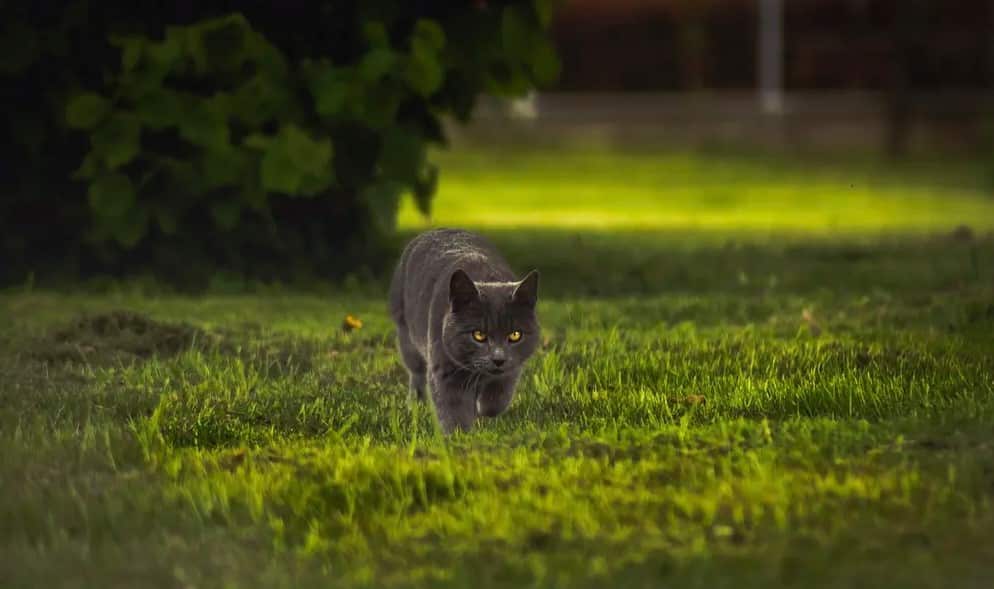
There are many theories regarding the origins of British Shorthairs, but most agree that they started as shorthaired street cats in Britain. Breeders eventually refined and standardized their characteristics until they became the thick-haired felines we know today.
They were also among the first breeds exhibited in England’s first cat show in 1871. First known by the moniker of British Blue Shorthairs, this was due to their greyish-blue coat color. Today, the British Shorthair comes in a variety of colors, including brown, grey, and white.
From Britain, British Shorthairs were later brought to the United States in the early 1900s. Years later, in 1967, the American Cat Association recognized this breed in 1967. Organizations like The International Cat Association (TICA) and the Cat Fanciers Association (CFA) followed suit in 1979 and 1980, respectively.
Another variant of this breed, the British Longhair was recognized by the TICA in 2009. Today, the British Shorthair is one of the world’s 10 most popular cat breeds.
Breed characteristics
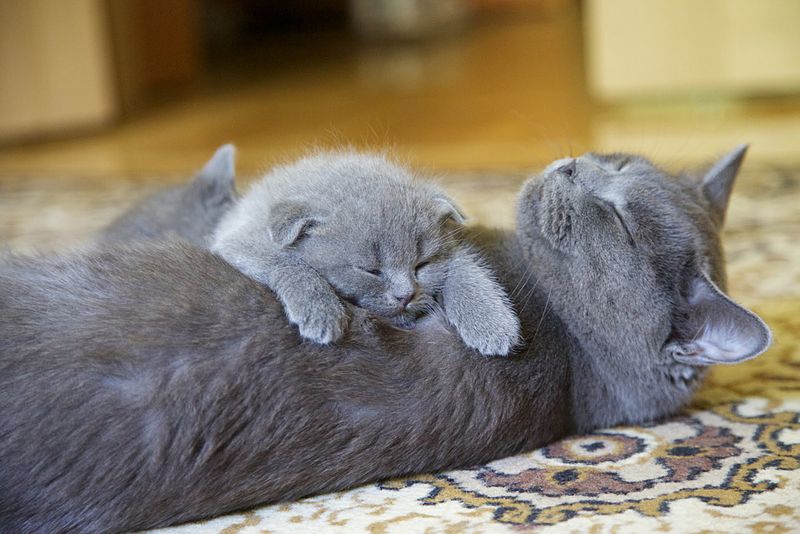
As one of the medium to larger cat breeds, the British Shorthair features a stocky, square body with a broad chest, short legs, and a short, thick tail. The head is round, with chubby cheeks, giving the impression of a smiling face.
Its coat can come in a variety of patterns as well, including tabby, tortoiseshell, calico, and bi-colored patterns. Eye colors can either be gold, copper, blue or green.
Is the British Shorthair the right breed for you?
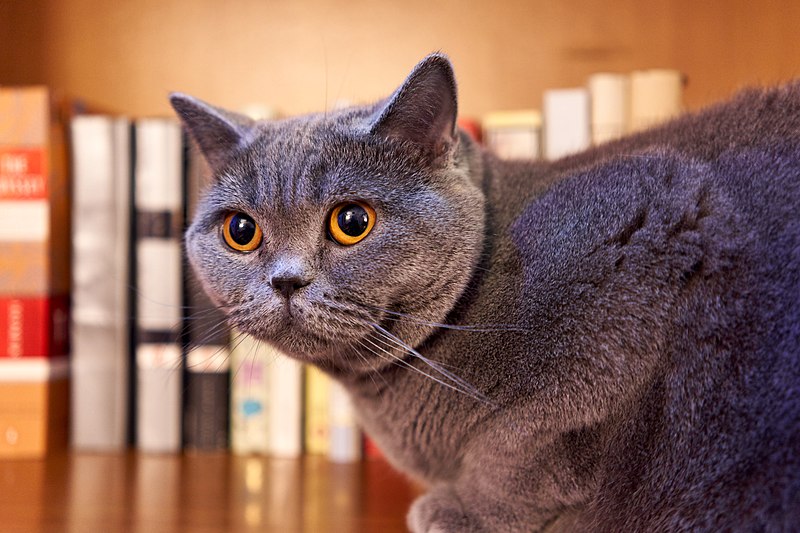
If you’re looking for a family-friendly cat breed, the British Shorthair is mild-mannered and can get along with both children and most dogs. They are gentle enough as long as family members show affection, though they are also forgiving of most toddlers.
Children should be supervised on how to pet the cat and give it enough space. Instead of holding them, it’s best to let these shorthair cats lie on the floor when petting.
These cats are relatively easy to maintain and groom as well, thanks to their short coat that doesn’t need much grooming. Brushing only needs to be done once a week, though you might want to do it frequently during shedding periods.
Nails should be trimmed every 2 weeks, while ears should be cleaned once a week. Preferably pet ear cleaners or cotton balls should be used. If the ears have excess dirt, it’s best to see a veterinarian.
British Shorthairs retain their playfulness into their adult years. Though only a minimal amount of exercise is needed, such as exploring the house or playing with toys. You can also give them perches or cat trees with a small house to hide in as well for their enjoyment. Scratching posts placed around the house can also help.
Health issues
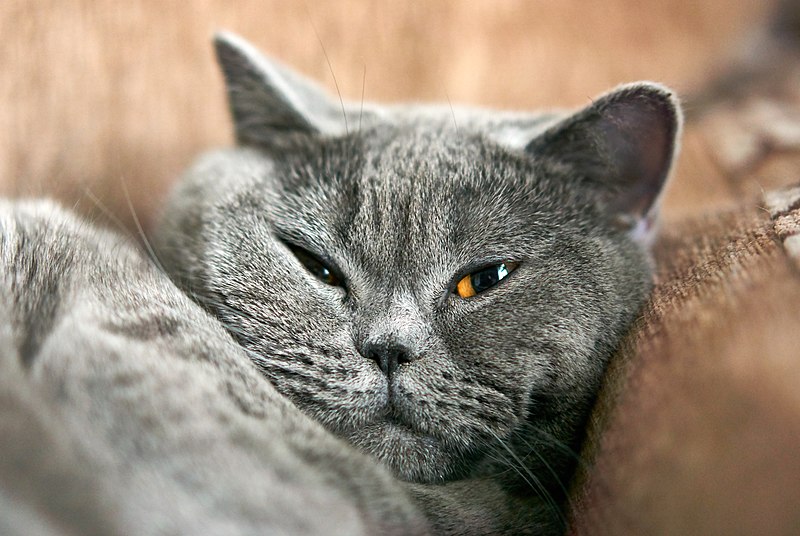
Pedigree and mixed breed cats like the British Shorthair can suffer from inherited diseases. These can include hypertrophic cardiomyopathy, which causes the heart walls to thicken, making it harder to pump blood. This can cause the heartbeat to have a rapid increase and lead to oxygen starvation of the cardiac muscles.
Tooth or gum infections like gingivitis can also happen. Severe cases may show bleeding, pawing at the mouth or excessive salivation. This can happen if plaque accumulates and the teeth aren’t brushed regularly. It’s best to visit a veterinarian at least once a year to ensure their health is in good condition.
Diet and nutrition
Since these cats have a solid build, it’s best to give them food that can help manage their weight. This can help prevent diabetes and heart disease. Regulate their meals to 2 times a day, with kittens at 3 times. Giving them Taurine-enriched food can also help prevent the above-mentioned heart conditions as well.
Brands like Addiction Pet Foods have a variety of Taurine-enriched diets that can help give your cat the best nutrition they need. From complete and balanced to high-protein formulas, you can be sure that your cat gets the best food for their health. Get it from a store near you today!









